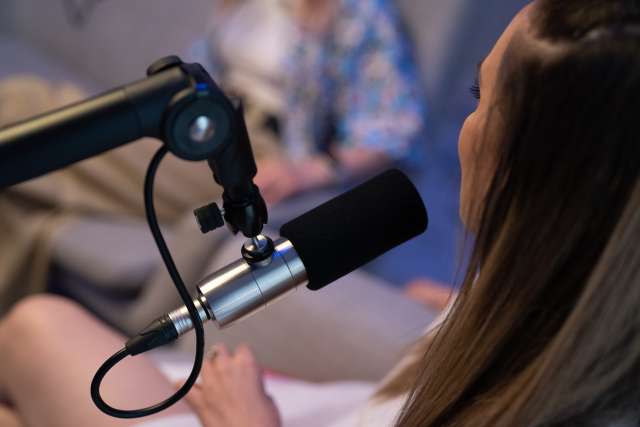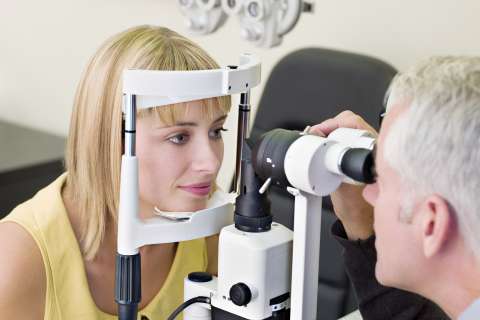Dear Doctors: I would like to know more about ASMR. I never heard of it until a friend’s daughter started watching videos of people whispering. She says she likes how it feels. I watched for a bit, and nothing happened, but my own daughter has become a fan. What is ASMR? What does it do?
Dear Reader: ASMR is short for autonomous sensory meridian response. It’s a phenomenon in which some people experience a physical sensation in response to certain auditory and visual stimuli.
The videos of gentle whispering that your daughter and her friend have been watching are an example of a common ASMR trigger. Additional stimuli include sounds created by stroking or scratching fabric, rubbing a microphone, tapping on a surface or turning the pages of a book. Popular visual ASMR videos include the sight of someone smoothing fabric, brushing hair, folding towels or performing slow and sustained hand movements.
People who respond to ASMR triggers say they experience a pleasant sensation of tingling that occurs in and around the head and often travels along the shoulders and down the spine. Along with the physical response, they report a feeling of calm.
Research into the phenomenon has been scarce, with just a handful of peer-reviewed studies thus far. But with an estimated 20% of the population having a response to some type of ASMR trigger, interest in the phenomenon is growing.
Although the term ASMR was coined only in 2010, researchers say the phenomenon has always been with us. Many people have experienced it since early childhood, but they often assumed it to be personal quirk. It wasn’t until the advent of social media that awareness of ASMR began to spread. Social media created a public space for people to discuss what they were experiencing, and word began to spread. It also provided platforms for the genre of videos that your daughter and her friend discovered.
ASMR videos, which number in the tens of millions, are now a popular destination on all social media platforms. As ASMR went mainstream, researchers became increasingly intrigued. What had been considered to be a weird and fringe phenomenon began getting serious scientific study.
So what is going on? Preliminary research suggests that ASMR shares sensory pathways with experiences like becoming elated by a piece of music or feeling a shiver of delight at something aesthetically pleasing. One study used magnetic resonance imaging to visualize the brains of people experiencing ASMR. The researchers reported seeing significant spikes in neural activity in the regions of the brain associated with emotion and reward.
They found interesting physiological differences between the two experiences as well. Where aesthetic “chills” were found to raise heart rate and respiration, ASMR did the opposite. An ASMR study in 2017 found participants’ heart rates and breathing slowed, as occurs in relaxation techniques like meditation and yoga.

Not surprisingly, many people report using ASMR videos to help with anxiety and to fall asleep. Other reported benefits include improving mood and pain symptoms. Meanwhile, research continues. Whether ASMR is a physiological oddity or may be a potential therapeutic tool remains to be seen.
(Send your questions to [email protected], or write: Ask the Doctors, c/o UCLA Health Sciences Media Relations, 10960 Wilshire Blvd., Suite 1955, Los Angeles, CA, 90024. Owing to the volume of mail, personal replies cannot be provided.)





